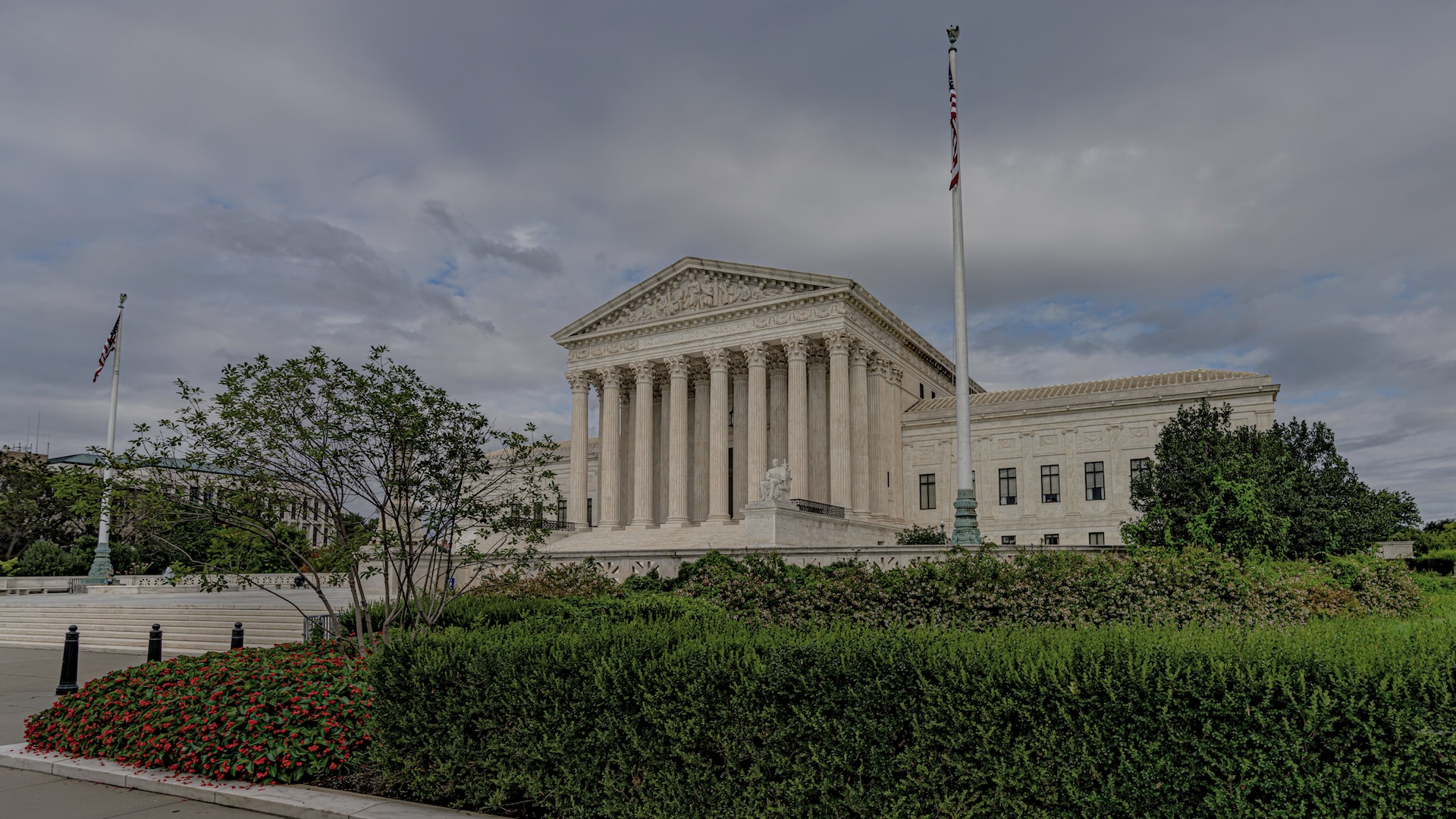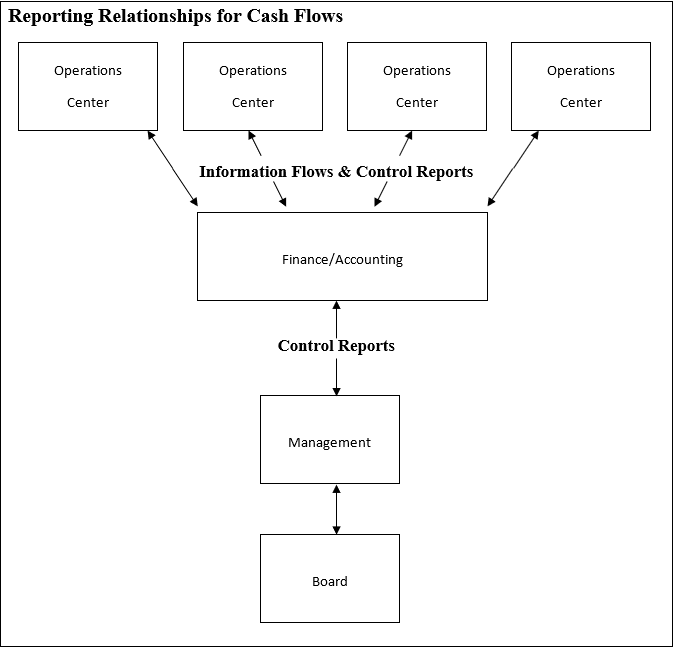
The Federal Trade Commission’s (FTC) new proposed rule that would prohibit many employers nationwide—including trade and professional associations but not including charities and other nonprofits—from entering into any non-compete agreements with all workers (including independent contractors and not excluding senior executives) has gotten the attention of the association community. What the final rule will look like and whether it will be challenged in court and survive such challenges is unclear. Meanwhile, at the state level, approximately fifteen states and Washington, DC, have enacted laws that impose some form of limitation on the use of employee non-compete agreements. In DC, a new law took effect last October that significantly restricts employers’ use of non-compete agreements, but in a much-scaled-back version compared to the original law. On the other side of the country, California has for many years had the nation’s most sweeping statutory ban against employee non-compete agreements. Overlaid on top of all of this is every state’s and DC’s “common law,” which has always permitted but imposed limitations and conditions on employers’ use of non-compete agreements, with the limitations and conditions varying from state to state.
Common Law on Non-Compete Agreements
Common law in the United States treats non-compete agreements as generally enforceable, but subject to certain limitations and requirements. Non-compete agreements are generally defined as contractual agreements between employers and employees that restrict employees from competing with their former employers for a certain period of time and within a certain geographic area after the termination of employment.
As noted above, the enforceability of non-compete agreements varies by state, as they are governed by state law. Some states, such as California, have common law restrictions that limit the enforceability of non-compete agreements, while other states’ common law, such as Texas’, generally enforce them more liberally. And some states have statutory restrictions on non-compete agreements, which further limit their enforceability. The DC and California statutes are discussed below.
Under most states’ common law, for a non-compete agreement to be enforceable, it must generally meet the following requirements:
Consideration: Non-compete agreements must be supported by valid consideration, which means that the employee must receive something of value in exchange for agreeing to the restrictions. For example, the offer of initial employment, a promotion, or additional compensation may serve as valid consideration.
Reasonableness: Non-compete agreements must be reasonable in terms of their scope and duration. This means that the restrictions must be no broader than necessary to protect the legitimate business interests of the employer, such as protecting trade secrets, confidential information, and/or customer relationships. The duration (length of time) and scope (geographic, functionally, and otherwise) of the non-compete agreement also must be reasonable, and overly broad or overly long restrictions may be deemed unenforceable.
Public Policy: Non-compete agreements must not violate public policy. For example, non-compete agreements that unreasonably restrict an employee’s ability to seek new employment or that are against the public interest may be deemed unenforceable.
Notice: Non-compete agreements must be clear and conspicuous, and employees must be given reasonable notice of the restrictions before or at the time of entering into the agreement.
Overview of the FTC Proposed Rule
The FTC—which has jurisdiction over trade and professional associations (but not over non-association nonprofit organizations)—has proposed a Non-Compete Clause Rule that would prohibit employers nationwide from entering into non-compete agreements with all workers (including independent contractors and not excluding senior executives), on the basis that non-compete agreements constitute an unfair method of competition under Section 5 of the FTC Act. The FTC believes that non-compete agreements stifle competition, resulting in reduced wages and suppressed labor mobility.
The proposed rule would ban non-compete clauses categorically and is more restrictive than virtually all state non-compete laws, including Washington, DC’s (which exempts employees earning over $150,000 annually and which does not apply to independent contractors). Most states do not currently have a categorical ban on non-competes, and they typically differentiate amongst workers (such as by job function, earnings, etc.). The proposed rule would expressly preempt state law that is inconsistent with it.
The proposed rule defines “employer” as a person or entity that hires or contracts with a “worker” to work for the employer. “Worker” is defined as a natural person who works, whether paid or unpaid, for an employer. The term “worker” includes “an employee, [ ] independent contractor, extern, intern, volunteer, apprentice, or sole proprietor who provides a service to a client or customer.”
The proposed rule would apply to post-employment non-competition restrictions and would require employers to rescind existing non-compete agreements and provide notice to workers that they are no longer in effect.
The FTC defines a non-compete agreement as “a contractual term between an employer and a worker that prevents the worker from seeking or accepting employment with a person, or operating a business, after the conclusion of the worker’s employment with the employer.” As such, in most cases, if a non-compete provision exists merely in an association employee handbook, it likely would not rise to the level of a contract, but any (enforceable, i.e., with consideration) non-compete agreements entered into between employers and their workers prior to, during, and following employment would be covered by the proposed rule, including both employment agreements and severance/separation agreements.
The FTC clarified that whether a contractual provision will be considered a “non-compete” clause will depend not on what it is called, but how it functions. The FTC’s definition of a non-compete clause would generally not include other types of restrictive employment covenants—such as nondisclosure agreements and non-solicitation agreements—because these covenants generally (if they are appropriately tailored) do not prevent a worker from seeking or accepting employment after leaving the prior job. However, such covenants would be considered non-compete clauses where they are so unusually broad in scope that they function as such. The proposed rule makes clear that “a contractual term [ ] is a de facto non-compete clause [when] it has the effect of prohibiting the worker from seeking or accepting employment with a person or operating a business after the conclusion of the worker’s employment with the employer.” For example, a nondisclosure agreement between an employer and a worker that is written so broadly that it effectively precludes the worker from working in the same field after the conclusion of the worker’s employment with the employer could be considered a de facto non-compete clause.
The proposed rule exempts non-compete agreements that are entered into by a person who is selling a business or an ownership interest in a business, when the person restricted is a substantial owner or member of the business being sold.
The proposed rule was published in the Federal Register, and the FTC received scores of public comments on it before the comment period closed on March 20, 2023. Notably, FTC Commissioner Christine Wilson published a dissenting opinion that provides a roadmap for employers seeking to oppose the proposed rule.
Compliance with the final rule will be required as of 180 days after publication in the Federal Register. In addition, as of the compliance date, employers must rescind any existing non-compete clauses and provide notice to their workers that their non-compete clauses are no longer in effect.
Legal challenges to the final rule are to be expected, with the U.S. Chamber of Commerce and some Republicans in Congress already contending that the FTC does not have the authority to issue the rule.
While not related to the FTC’s proposed rule, at least two bills have been introduced in Congress to impose federal statutory limitations on employers’ use of non-compete agreements.
Overview of the District of Columbia Non-Compete Law
DC’s new and modified Non-Compete Law took effect on October 1, 2022; it prohibits non-competition provisions for covered employees but allows non-compete agreements with “highly compensated” employees that meet certain drafting and procedural requirements. The law does not apply to independent contractors and does not limit or regulate non-solicitation agreements. The new law allows employers to use nondisclosure agreements and anti-moonlighting policies in certain circumstances and includes employer notice requirements in connection with them. The law applies to all employers operating in DC and covers employees who spend a substantial amount of their work time in DC (and not more than 50 percent of their work time in another state). While narrower than the originally enacted version, the law is much broader than similar laws in other states.
Non-compete provisions in new agreements entered into on or after October 1, 2022, are void and unenforceable if the provisions violate the law. After October 1, 2022, employers are prohibited from requiring or requesting that a covered employee sign an agreement or comply with a workplace policy (e.g., an employee handbook) that includes a non-compete provision. It is illegal to retaliate against an employee for refusing to comply with a provision void by the new law.
The DC law covers employees and prospective employees only if (i) they spend or are reasonably anticipated to spend more than 50 percent of their work time in DC, or (ii) their employment is or will be based in DC, and the employer reasonably anticipates that that the employee will regularly spend a substantial amount of the employee’s work time in DC and not more than 50 percent of the employee’s work time in another jurisdiction. This means that employers based outside of DC but that have employees who work remotely more than 50 percent of their time from DC will be subject to the law with respect to those employees. The law does not supersede the terms of any valid collective bargaining agreement.
The law permits DC employers to enter into non-competes with “highly compensated” employees, subject to certain restrictions and notice requirements. Highly compensated employees are defined as those who earn or are expected to earn total (cash) compensation of at least $150,000 per year ($250,000 for licensed physicians), with this amount to be indexed to the federal Consumer Price Index annually.
For employees who earn below the “highly compensated” threshold, employers are prohibited from entering into any agreement that contains a “non-compete agreement,” which is defined as any contract between an employer and employee containing a “non-compete provision,” which, in turn, is defined as a provision in a written agreement or workplace policy that prohibits an employee from “performing work for another for pay or from operating the employee’s own business.”
However, the law provides for four categories of provisions that are excluded from the definition of a “non-compete provision” and not affected by the new law (provided that they are otherwise lawful):
- Non-competition provisions entered into in connection with the sale of a business.
- Nondisclosure or confidentiality provisions that prohibit or restrict an employee from disclosing, using, selling, or accessing the employer’s confidential or proprietary information.
- A provision that provides a “long-term incentive” to the employee (e.g., bonuses or other performance-driven incentives for individual or organizational achievements).
- The law permits anti-moonlighting provisions restricting outside compensation for employment or the operation of a business by a current employee to the extent that the employer reasonably believes that such work could (i) result in the disclosure or use of the employer’s confidential or proprietary information, (ii) violate the employer’s, industry’s, or profession’s established rules regarding conflicts of interest, (iii) constitute a “conflict of commitment” (for accredited higher education institutions), or (iv) impair the employer’s ability to comply with federal or DC laws or with a contract or grant. If an employer adopts policies under any of these exceptions, there are certain notice requirements regarding the covered employees.
An employer with a workplace policy that includes one or more of these four exceptions must provide a written copy of the provisions to its DC employees within thirty days after an employee’s acceptance of employment and any time such policy changes. This notice and disclosure requirement applies to all affected DC employees, not only highly compensated employees.
Employers are strictly prohibited from retaliating against employees who refuse to agree to, or fail to comply with, an impermissible non-compete provision or workplace policy. Employers also are prohibited from retaliating against employees who either question or raise complaints about a non-compete agreement or policy.
The law outlines specific requirements for permitted non-compete agreements with “highly compensated” employees. To be valid and enforceable, any such agreement executed after October 1, 2022, must specify:
- the functional scope of the competitive restriction, including what services, roles, industry, and/or competing entities the employee is restricted from performing work for or on behalf of;
- the geographical limitations of the work restriction; and
- the duration of the restrictions, not to exceed 365 days from the date of separation (730 days for medical specialists).
Employers also must provide the non-compete agreement to the highly compensated employee in writing at least fourteen days before the start of employment or before a current employee is required to execute the agreement, and employers proposing such a non-compete agreement must provide a specifically worded notice (spelled out in the law) to the employee at the same time.
Employers may face both civil and administrative penalties for violations of the law. The law empowers the DC mayor or DC attorney general to fine employers, and aggrieved employees are able to file administrative complaints with the DC mayor’s office or file suit in civil court in DC.
Overview of the California Non-Compete and Non-Solicitation Law
As has been the case for many years, California law generally prohibits all non-compete agreements and restricts and regulates non-solicitation agreements for employees. California Business and Professions Code Section 16600 states that contracts that restrain individuals from engaging in lawful professions, trades, or businesses are void, except for a few specific exceptions. Note that these California laws apply to all association employees based in California, even if the association is based in another state. Following are some key points about these laws.
Non-Compete Agreements: Non-compete agreements, which typically restrict employees from working for a competitor or starting a competing business after leaving their current employer, are generally unenforceable in California. California’s strong public policy favors employee mobility and competition, and such agreements are generally considered void and unenforceable, regardless of the employee’s job level or type of employment. Additionally, California Labor Code Section 925 clarified in 2017 that forum-selection and choice-of-law clauses that select non-California forums and/or laws cannot be enforced if the employee performs work in California (with an exception if the employee is represented by legal counsel when negotiating the terms of the agreement). Thus, non-California-based employers with California employees effectively have no choice but to avoid employee non-compete agreements entirely and to ensure that employment agreements comply with the California law with respect to their choice-of-law and choice-of-venue clauses.
Non-Solicitation Agreements: Non-solicitation agreements, which restrict employees from soliciting their former employer’s customers/clients or employees after leaving their job, are more limited in California. Non-solicitation agreements are generally enforceable in California, but with certain restrictions. California Business and Professions Code Section 16600 states that an agreement between an employer and an employee prohibiting the solicitation of customers is not enforceable (unless directly tied to the use of employer trade secrets), as it is considered a restraint on competition. However, an agreement prohibiting the solicitation of other employees may be enforceable so long as it includes reasonable time and geographic limitations. Non-solicitation agreements with California employees must be narrowly tailored to protect the employer’s legitimate business interests, and they cannot be overly broad or prevent employees from engaging in their chosen profession or trade.
Trade Secret and Confidential Information Protections: California law provides protection for employers’ trade secrets and confidential information. Employees can be restricted from using or disclosing their employer’s trade secrets or confidential information after leaving their job, even if they have signed a non-compete and/or non-solicitation agreement.
Exceptions: There are some limited exceptions to California’s general prohibition on non-compete and non-solicitation agreements. For example, non-compete agreements may be allowed in connection with the sale of a business, and certain employees who are owners, officers, or directors of a corporation may be subject to non-solicitation agreements.
For more information, contact Mr. Tenenbaum at [email protected].













